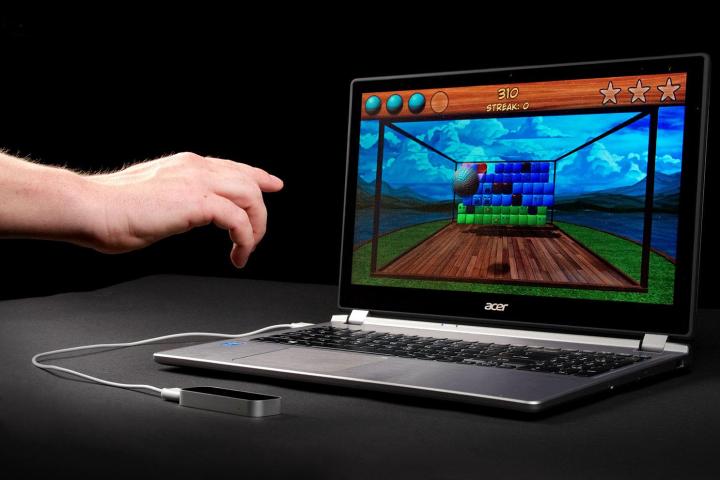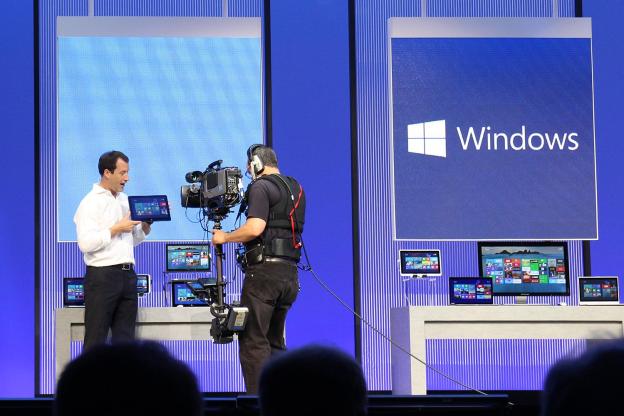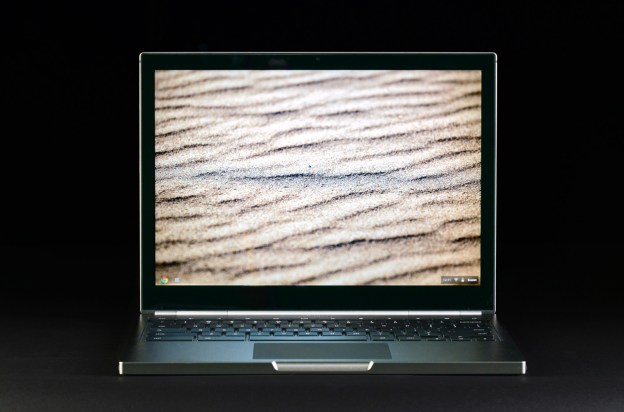
The PC’s life-or-death struggle against tablets and smartphones has continued in 2013, unabated by a new version of Windows and perhaps made worse by the release of several attractive new Android tablets and Apple’s new iPad Air. Companies that make hardware and software are surely looking at their bottom lines worryingly, while start-ups are searching for a way to re-imagine the PC experience, and in turn, become its savior in the process.
Challenges like these can inspire creativity and perseverance, but they can also lead to mistakes and desperation, and 2013 has been rife with both. Here are five big computing blunders that caused palm-on-face disappointment throughout the year.
Windows 8.1 fails to right a sinking ship
Microsoft’s Windows 8 went over with consumers like a stack of cauliflower pancakes, but the company reacted quickly, putting together the first major update, Windows 8.1, within a year. Just one problem; it doesn’t really fix anything.
Okay, sure, you can now boot to desktop, the app view is kinda-sorta like a start menu, and the Store is marginally better. Yet the core contradiction of Windows 8 remains. Some parts of the operating system are clearly designed for use with a touchscreen, while others almost require a mouse, and both portions must be used to make the most of the OS. Windows 8.1 still feels awkward on every PC that runs it.

And there are other puzzling problems. Why, for example, has Microsoft failed to properly address interface scaling on displays with more than 200 pixels per inch? Why is the app view so hard to customize? And why does the Store, to this day, still struggle to provide a broad selection of apps?
Whatever Microsoft has planned for its next operating system update or release, it’d better be big. Everyone is tired of the hodge-podge approach of Windows 8, and the longer it takes for a solution to be found, the more consumers will be encouraged to jump to an Android or iOS device.
Adobe gets hacked, loses millions of passwords
Adobe is one of the world’s largest technology companies, so you’d assume they know a thing or two about keeping their networks secure. That assumption was proven wrong this past October. The company, having discovered a major attack, was forced to announce that over 3 million passwords were compromised. Actually, no – on second count, the number rose to 38 million, and independent security firms later found evidence that up to 150 million accounts were compromised.
Windows 8 went over with consumers like a stack of cauliflower pancakes.
Whatever the fate of the encrypted data, the breach is undoubtedly among the most damaging in history, exceeded only by the hacks which covertly targeted American retailers from 2005 to 2012. That resulted in the loss of data on 160 million customers, but the hackers obtained the data over a period of seven years from multiple companies. Adobe alone managed to lose almost as much data in mere months months.
Google’s Chrome Pixel priced at “say what?”
Opinions of Google’s Chrome OS have been mixed here at Digital Trends. Personally, I like it, but our mobile editor Jeffery Van Camp has officially described using it for a week as “hell.” While we don’t all agree on Chrome OS itself, we all agree that the Chromebook Pixel, Google’s $1,299 MacBook competitor, is hopelessly overpriced.

Released early in 2013, the Pixel is an obvious attempt to legitimize Chrome OS as a real, grown-up operating system that can compete with Windows and OS X. The problem of course, is that Chrome OS isn’t on par with either, and instead skates by on simplicity and ease-of-use. When viewed as bare-bones software that makes an enjoyable PC experience possible on hardware that costs only $200, Google’s up-start operating system makes some sense. When it tries to pose as a premium product ready to tango with Ultrabooks, however, it’s not nearly as convincing.
But the problems with the Pixel extends beyond what runs on it. Even at release, its Intel Core i5 processor, paired with four gigabytes of RAM and a standard 32GB SSD (upgradeable to 64GB for people who have, you know, files), were meager compared to similarly priced competitors. Today, in a world where HP sells the Spectre 13t for $999 and Apple hocks the MacBook Pro with Retina at $1,299, the Pixel’s specs are laughable. And the closer you look, the worse it gets; the Pixel doesn’t support USB 3.0, isn’t compatible with 802.11ac, and can only output video through DisplayPort. That’s so 2012!
Acer and Asus get KO’ed in sales
While the downturn in computer sales has hurt everyone, two companies in particular have taken mobile’s strong right hook in the kisser; Acer and Asus. These Taiwanese titans have been cornerstone of the laptop market over the last decade but, in the third quarter of 2013, they each suffered a year-over-year market share decline exceeding 20%. The story is particularly painful in the United States, where both companies no longer rank among the top five computer manufacturers by sales volume. Lenovo and Toshiba now hold the fourth and fifth spots, respectively.
The Chromebook Pixel, Google’s $1,299 MacBook competitor, is hopelessly overpriced.
There is some silver lining for Asus, however. While its PC sales have suffered, the company is now the third largest tablet manufacturer in the world, behind Apple and Samsung. Acer, however, can claim only 2.5% of the market, and may go down for the count if it can’t find a way to fight back soon.
The Leap falls short of success
Innovation is tricky business. New technology has to not only be inspiring and creative, but also capable of solving practical problems well. Fulfilling the latter is even more difficult than thinking up the former, and Leap, motion sensor technology designed to detect hand movements, is the latest would-be revolutionary idea to get the formula for innovation only half right.

We first saw leap at CES 2013, where we had the opportunity to play Fruit Ninja and try out a few demos. In that controlled environment, the Leap worked well, but our impressions quickly soured when we had a chance to review it away from the bright lights of a showroom floor. In normal use at a desk, the Leap’s limited area of detection made using the device awkward. The sensor also had trouble tracking rapid hand movements and often lost track of fingertips, causing it to interpret our arms as digit-less clubs.
Even when it did work as intended, Leap’s limited software library curbed its usefulness. The best apps generally were games, as software with productivity aspirations highlighted the sensor’s indecisiveness. Leap will have a chance to improve thanks to a deal with HP that brings the Leap to laptops, but a lot of work needs to be done before it becomes even as useful as a Wiimote, nevermind a touchpad or mouse.
Conclusion
All five of these blunders point to the fact that 2013 hasn’t exactly been a turn-around year for PCs. Consumers still aren’t sure why they would pick a PC over a mobile device. With CES 2014 around the corner, upcoming products will begin to leak out soon, and we’re eager to see if anyone or anything can turn the seemingly growing tide.
Editors' Recommendations
- The 5 weirdest laptops ever made that you forgot existed
- OneDrive is ruining my PC gaming setup
- These 5 PC building tips will help you avoid mistakes I’ve made
- I can’t believe I’m recommending Forspoken on PS5 over PC
- 5 ways to add music to PowerPoint


